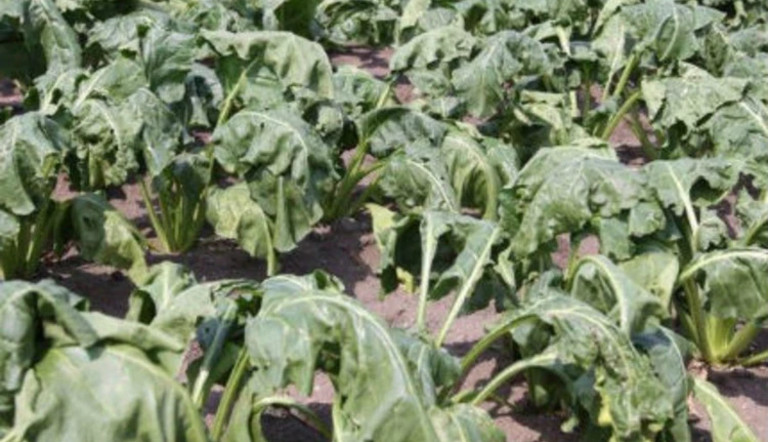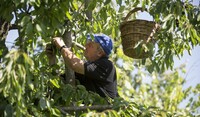
Drought leaves sugar beet vulnerable

Sugar beet suffers less than other arable crops in drought conditions because the plant’s 2m-long tap root allows it to access deep-lying soil moisture. However, a lack of rainfall, before emergence and during times when the root-boring beet cyst nematode is prevalent, can lead to yield reductions of up to 20t/ha.
Crop emergence problems occur because the sugar beet seed needs contact with soil moisture for it to germinate and extended dry periods in the spring can result in some seed remaining dormant. It is possible for plants in drier parts of the same field to emerge up to 10 days later than those which have had ready access to sufficient moisture.
This uneven emergence can cause growers a dilemma over whether they should delay herbicide applications, especially as the efficacy of residual products like Metamitron can be reduced by up to 50% in dry weather. But it is vital to act as soon as any of the crop starts to emerge or weeds will quickly become established and yield losses will be even worse. A further consideration should be given to the type of herbicide formulation used when conditions are dry because the already vulnerable young sugar beet plant is more likely to suffer damage from the contact pesticide in these conditions.
A formulation bearing the category EC denotes a harsher adjuvant has been used in the formulation which may cause damage to the beet plant when the weather is dry. In contrast an SE categorised formulation is a safer option in drought-hit areas because it has a less aggressive action.
As the season moves into summer the sugar beet plant needs to develop its roots quickly to access the nutrients and moisture that will allow it to grow. However, this important growth period coincides with the emergence of the beet cyst nematode (BCN) which attacks the sugar beet roots. The cysts are visible through a magnifying glass as tiny bubbles on the root and become active in the soil from about 21 June for a six-week period.
Heavy infestations severely restrict the micronutrient and moisture uptake and can reduce yields by 10t/ha. When this activity takes place during a drought period, yield losses can mount and may even double to 20t/ha. Outwardly the signs can be dramatic, with beet leaves drooping to the ground as the plant can no longer take up sufficient micronutrients and moisture to remain turgid.
Unfortunately, there is no chemical control available to combat BCN in the field. The only way to reduce the impact is to irrigate as soon as the cysts are visible on the root, in a bid to help the plant survive the oncoming onslaught. But, with a cost of about €200/ha, irrigation is a strategy that requires careful economic justification before the decision is made to go ahead.
Image Gallery
Related Articles

How the Cazado® Launch Embodies Value Innovation

From Market, For Market: How Grower Feedback Drives Innovation

